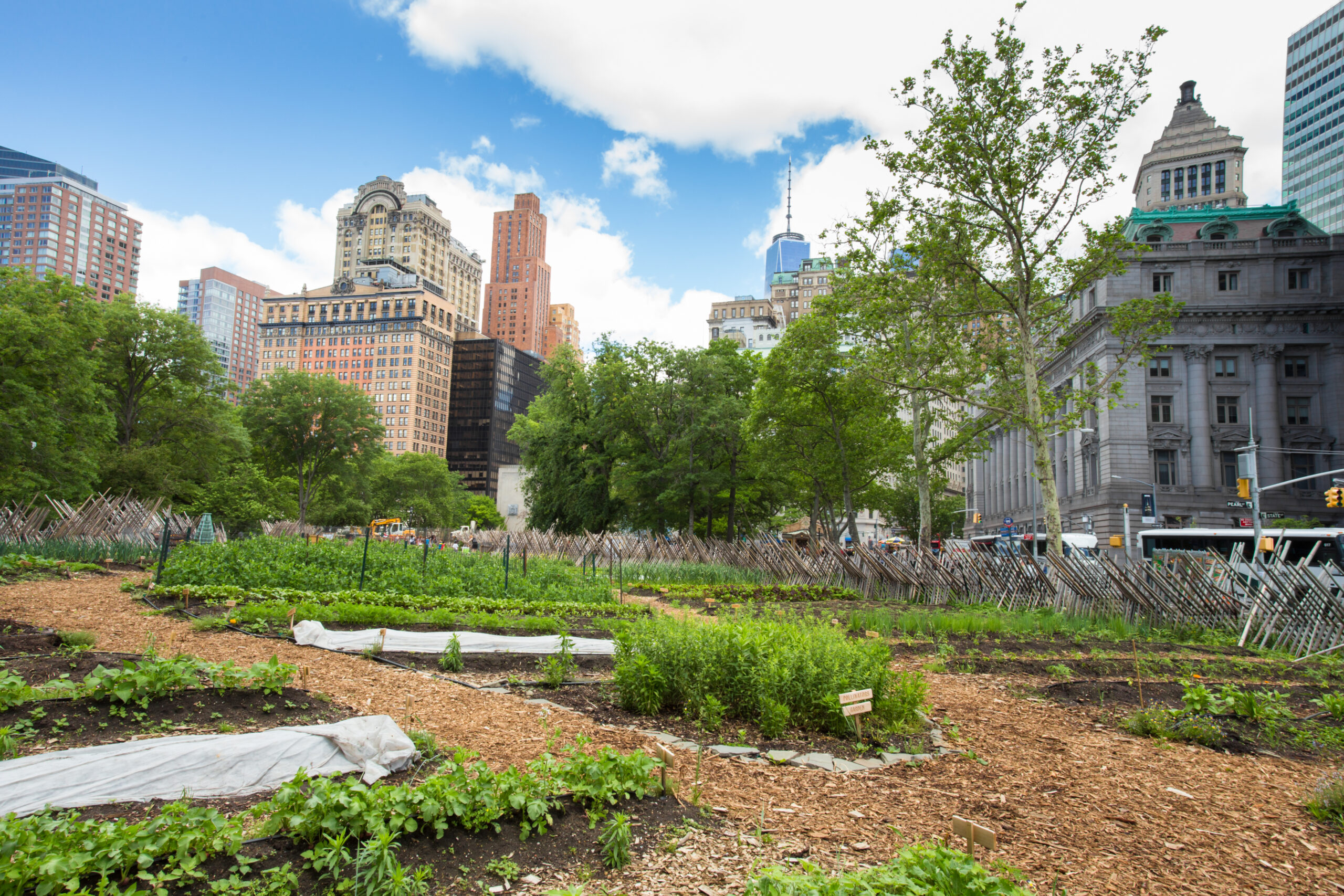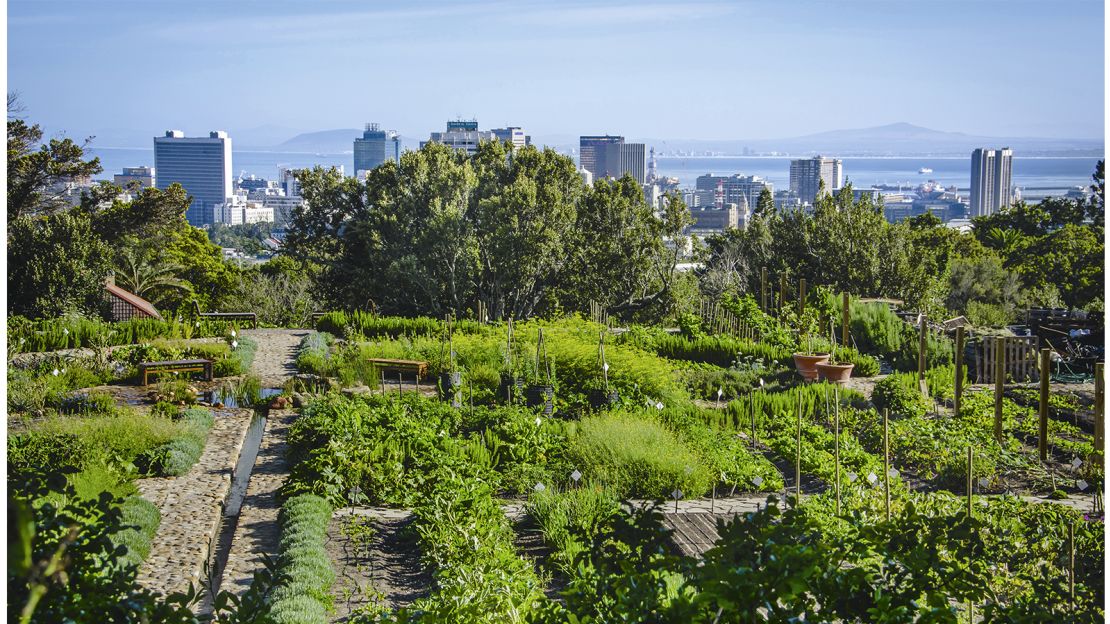The 10-Minute Rule for City Blooming
The 10-Minute Rule for City Blooming
Blog Article
The Main Principles Of City Blooming
Table of ContentsExcitement About City BloomingThe smart Trick of City Blooming That Nobody is DiscussingThe Only Guide for City BloomingThe 8-Minute Rule for City BloomingMore About City Blooming
Interested in growing food for sale in the City of Chicago? Below is a checklist of often asked concerns pertaining to the regulations and regulations that farmers should think about when preparing a metropolitan farming job.
The zoning modification does not modify any kind of various other codes managing composting, building authorizations, acquiring or leasing City owned property, organization licenses or ecological contamination. There are existing codes that manage these issues and they continue to be completely impact and may apply to your job. Community yards are typically had or managed by public entities, public companies or community-based organizations and preserved by volunteers.
Urban ranches grow food that is meant to be offered, either on a nonprofit or for-profit basis. Due to their industrial objective, metropolitan farms call for a business permit.
Things about City Blooming
The amount of compost material can not go beyond 25 cubic backyards at any type of offered time according to the standards in 7-28-715 of the City's Municipal Code. Since the dirt at the majority of brand-new garden websites needs changing, compost, dirt, timber chips, or various other products can be gotten to construct or improve the expanding space.

If a building authorization is called for after that the hoophouse will certainly be thought about an accessory structure. You can learn more concerning the building authorization needs by contacting the Department of Structures. The 25,000-square-foot size restriction is meant to prevent a single community garden from controling a given block or taking away from the block's existing property or commercial character.
The limit does not use to yards found in Public Open Area (POS) districts. Can there be more than one neighborhood yard that is 25,000 square feet on a solitary block? Fence is not required, nonetheless, gardens that have big auto parking areas might be required to mount fencing or other landscaping attributes.
The Best Guide To City Blooming
B1 & B2 districts require that all industrial usage tasks be conducted inside your home. R districts limit industrial activity. The guidelines mirror the function and intent of the Zoning Code. Is secure fencing needed for city ranches? Yes. Fencings may be called for, along with landscaping and testing, for sure parking lot and outdoor work or storage areas relying on location and the certain activity occurring.
Urban ranches call for structure permits and zoning approvals prior to construction (balcony and patio garden design). Various other forms of city evaluation may be needed depending on details frameworks, activities, size, landscape design, licensing, public health and stormwater monitoring problems.
The Department of Service Matters and Customer Protection can aid determine the certain kind of business license that's required. Off road car park is required for the majority of business projects in Chicago. The called for number of auto parking rooms is based on the number of employees working on website and not the square footage of the growing area.
The smart Trick of City Blooming That Nobody is Discussing

Yes. An urban ranch can offer garden compost product created on website, however, the procedure has to abide by the policies in 7-28-715 of the Chicago Municipal Code. Yes. Aquaponic systems are enabled indoors on city ranches in several zoning districts. Nevertheless, a zoning evaluation and building authorization is required in order to mount structures or systems and an organization certificate is required as described over.
Up to 5 hives or swarms of honey might be maintained as an accessory use. Beekeepers have to sign up with the Illinois Department of Agriculture. For even more information concerning the suggested zoning amendment you might call the Division of Real Estate and Economic Growth, Bureau of Preparation and Zoning at 312.744.8563.
Farming in cities and metropolitan locations A metropolitan farm in Chicago. Urban agriculture refers to numerous techniques of growing. https://cityblooming.edublogs.org/2024/06/27/city-gardening-transforming-urban-spaces/, handling, and distributing food in metropolitan areas. The term also uses to the location tasks of animal husbandry, tank farming, beekeeping, and horticulture in a metropolitan context. Urban farming is identified from peri-urban agriculture, which occurs in rural locations at the edge of suburbs.
City Blooming Things To Know Before You Get This
, that seek to develop social networks started on a shared values of nature and neighborhood holism. These networks can develop by way of official institutional support, ending up being incorporated right into local community preparation as a "change community" movement for lasting metropolitan development.
In either instance, the more straight accessibility to fresh vegetable, fruit, and meat items that might be understood through urban agriculture can enhance food security and food safety and security while reducing food miles, bring about reduced greenhouse gas exhausts, therefore contributing to environment adjustment mitigation. A few of the very first evidence of city farming comes from Mesopotamia.
Report this page